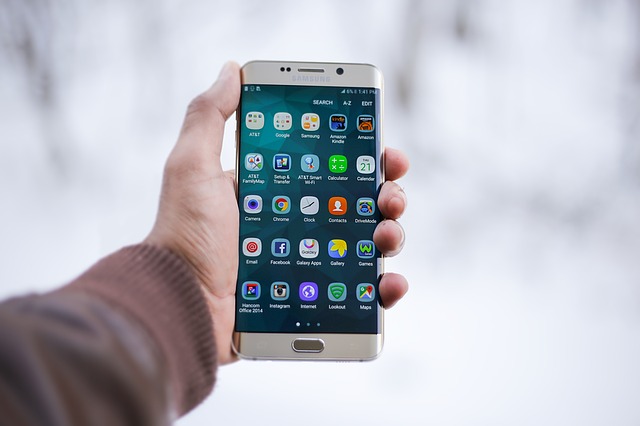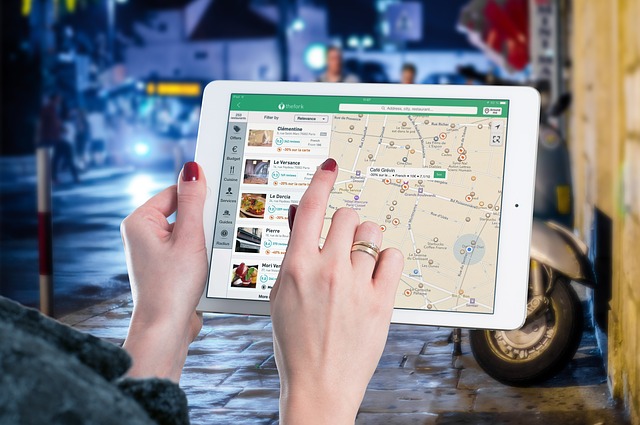When inspiration strikes, you feel invigorated and excited. The perfect mobile app development idea came to you out of nowhere. Naturally, you want to start work immediately. After all, someone else might get the same sudden flash that you did.
Before urgency and panic send you into a frenzy, consider the very long laundry list of critical errors made by past would-be developers. A calm, well-considered approach will help you avoid making the same mistakes as others when you develop your mobile app. Here are examples of common app development mistakes made by other people.
1. Attempting to Create A Mobile App Covering Multiple Platforms

- While you want to share your mobile app creation with everyone, trying to build an app to interact with iOS and Android platforms is a problem waiting to happen.
- Overly ambitious owners and app developers aim for both markets and fail to consider some key issues. Namely, plan on devoting an enormous amount of time developing the inevitable app changes to apply to both platforms.
- Initial overhead app costs are high for one platform. Trying to develop your app to meet both platform requirements may exceed your funding. Additionally, developing your mobile app for multiple platforms delays your time to market.
2. Creating A Complex UI

- Your users will likely not be computer or technology experts. You need to bring your app to their level.
- If your initial app release has a straightforward user interface, it will appeal to more people. Reading a user manual just to use a new app is not a task most folks want to do.
- Your mobile app development process should focus on well-defined functions that appear in a logical manner on the user’s screen.
3. Trying to Pack in Too Many Features

- Keep the initial development stage simple and straightforward. Create an app that meets your end users’ needs according to your initial vision.
- Once you meet your app users’ immediate needs, you can add more features later. One advantage to adding features after the initial release is the appearance of routinely updating your app, which users like.
- Focus on your target audience and place your priorities in maximizing their user experience.
4. Rush to Release Without Sufficient Testing

- Many app developers justify little or no testing near the end from fear it will delay the mobile app’s release.
- More glitches inevitably reveal themselves as you perform more tests.
- If you fail to test your app properly, then your users test it. When your users encounter repeated problems using your app, they will stop using it.
5. Lack of Insight into Potential Users

- Your mobile app might be a helpful tool for many people. If you fail to reach those people, your app fails to thrive and fails to help those it should.
- Use key metrics to determine user engagement and app retention rate. If no one actually uses your app, then your app retention rate will plummet.
- Determine who your daily and monthly active users are and focus your marketing toward that audience.
6. Underestimating Your App’s Development Time and Total Cost

- Your initial euphoria over your app’s potential may lead you to set unrealistic goals.
- Be upfront about the complexities involved building an app. Allow extra time to thoroughly test your mobile app.
- Overestimating your app’s cost is much safer than giving inaccurate estimates.
Achieving your goal to create your dream mobile app is possible. Have a clear goal and keep your focus, regardless of distractions.
